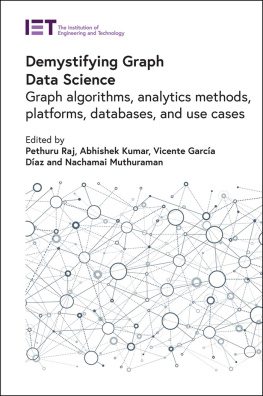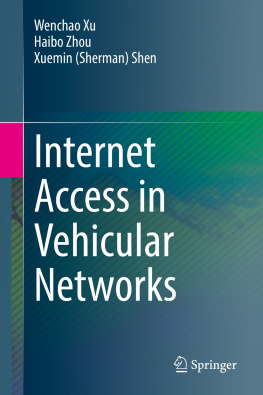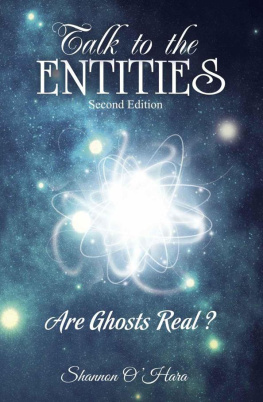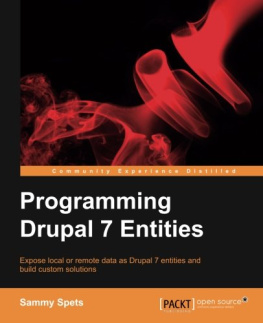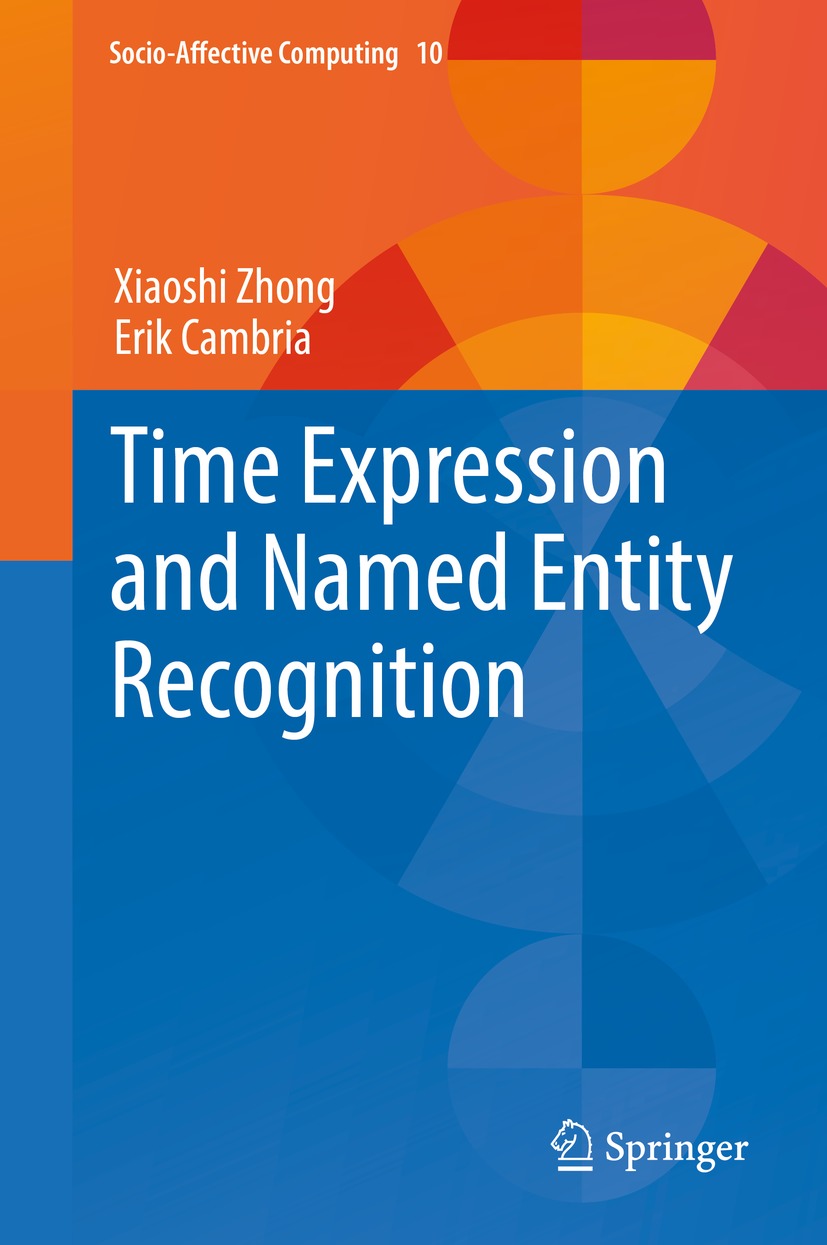Volume 10
Socio-Affective Computing
Series Editors
Amir Hussain
University of Stirling, Stirling, UK
Erik Cambria
Nanyang Technological University, Singapore, Singapore
This exciting series publishes state-of-the-art research on socially intelligent, affective, and multimodal human-machine interaction and systems. It emphasizes the role of affect in social interactions and the humanistic side of affective computing by promoting publications at the crossroads between computer science, engineering and the human sciences (including biological, social, and cultural aspects of human life).
Three broad domains of social and affective computing will be covered by the book series: social computing; affective computing; and the interplay of these domains (for example, augmenting social interaction through affective computing).
Examples of the first domain include all types of social interactions that contribute to meaning, interest, and richness in our daily life, e.g., information produced by a group of people used to provide or enhance the functioning of a system. Examples of the second domain include computational and psychological models of emotions, bodily manifestations of affect (facial expressions, posture, behavior, physiology), and affective interfaces and applications, e.g., dialogue systems, games, and learning.
Research monographs, introductory- and advanced-level textbooks, and edited volumes are considered for the series.
More information about this series at http://www.springer.com/series/13199
Xiaoshi Zhong and Erik Cambria
Time Expression and Named Entity Recognition
1st ed. 2021

Logo of the publisher
Xiaoshi Zhong
Beijing Institute of Technology, School of Computer Science and Technology, Beijing, China
Erik Cambria
Nanyang Technological University, School of Computer Science and Engineering, Singapore, Singapore
ISSN 2509-5706 e-ISSN 2509-5714
Socio-Affective Computing
ISBN 978-3-030-78960-2 e-ISBN 978-3-030-78961-9
https://doi.org/10.1007/978-3-030-78961-9
The Editor(s) (if applicable) and The Author(s), under exclusive license to Springer Nature Switzerland AG 2021
This work is subject to copyright. All rights are solely and exclusively licensed by the Publisher, whether the whole or part of the material is concerned, specifically the rights of translation, reprinting, reuse of illustrations, recitation, broadcasting, reproduction on microfilms or in any other physical way, and transmission or information storage and retrieval, electronic adaptation, computer software, or by similar or dissimilar methodology now known or hereafter developed.
The use of general descriptive names, registered names, trademarks, service marks, etc. in this publication does not imply, even in the absence of a specific statement, that such names are exempt from the relevant protective laws and regulations and therefore free for general use.
The publisher, the authors and the editors are safe to assume that the advice and information in this book are believed to be true and accurate at the date of publication. Neither the publisher nor the authors or the editors give a warranty, expressed or implied, with respect to the material contained herein or for any errors or omissions that may have been made. The publisher remains neutral with regard to jurisdictional claims in published maps and institutional affiliations.
This Springer imprint is published by the registered company Springer Nature Switzerland AG
The registered company address is: Gewerbestrasse 11, 6330 Cham, Switzerland
Preface
Everything should be made as simple as possible, but not simpler.
Albert Einstein
The content of this book is mainly derived from the thesis of my Doctor of Philosophy degree [2]. During my doctoral study in the School of Computer Science and Engineering at Nanyang Technological University, I was fortunate to conduct research under the supervision of Prof. Erik Cambria and Prof. Jagath C. Rajapakse. Besides being a nice supervisor, Erik is also a good friend and a great leader. Jagath is a nice professor who has tolerated my poor spoken English for 2 years. Without the support from Erik and Jagath, it would not have been possible for me to complete my dissertation.
To better illustrate my research results and how they come, I use the diagram shown in Fig. to briefly introduce my research style. In most scientific research, the general paradigm is the hypothesis + verification procedure: for a problem, we first of all have a rough idea or guess or conjuncture about this problem, and then formulate this conjuncture into a hypothesis; after that, we collect numerous data or concrete evidence to verify whether the hypothesis is true or not. When we apply this paradigm to the research on the fields of data analytics, computational linguistics, natural language processing, and other data-science areas, there involve two important components:
data characteristics and
model assumptions.
Fig. 1
Scientific paradigm hypothesis + verification in data analytics: examine whether model assumptions fit data characteristics. When model assumptions fit data characteristics, we will get good results, otherwise, we need to develop a new model so as to fit data characteristics
In current natural language processing, many works mainly propose models and then use data to evaluate the quality of these models according to some criteria such as precision, recall, and F1 score. Almost all these works however are explicitly or implicitly verifying whether the assumptions of proposed models fit the characteristics of data. Fig. , if model assumptions fit data characteristics, then proposed models will achieve good results; otherwise, we need to design a new model that fits the characteristics of analyzed data. The current research in natural language processing tends to concentrate more attention on proposing new models while ignoring to analyze data characteristics. My research style instead is to first analyze data characteristics and then design appropriate models according to these characteristics for specific tasks. Such a style can not only enhance my understanding into a task and data, but also enhance the probability that the assumptions of my designed model fit data characteristics and therefore lead my model to achieve good results. Moreover, since I have a better understanding about model assumptions and data characteristics, I can also interpret these results and explain the advantage and disadvantage of my model.
In this book, I focus on analyzing common characteristics of time expressions and named entities from diverse datasets, and then according to these characteristics design effective and efficient algorithms for recognizing time expressions and named entities from unstructured text.
When analyzing time expressions, I believe that there must be some common characteristics in diverse datasets, because we humans share some common habits to express time information, no matter what platforms we are expressing on and no matter what topics we are talking about. In the moment when I figured out that there are only about 70 distinct time tokens in an individual dataset and only about 125 distinct time tokens across four diverse datasets, I knew that my conjecture is verified. Regarding why I define token types that separate rules and specific tokens, and then design general heuristic rules that works on token types and that are independent of specific tokens, at that time I am reading books about western philosophy (e.g.,



